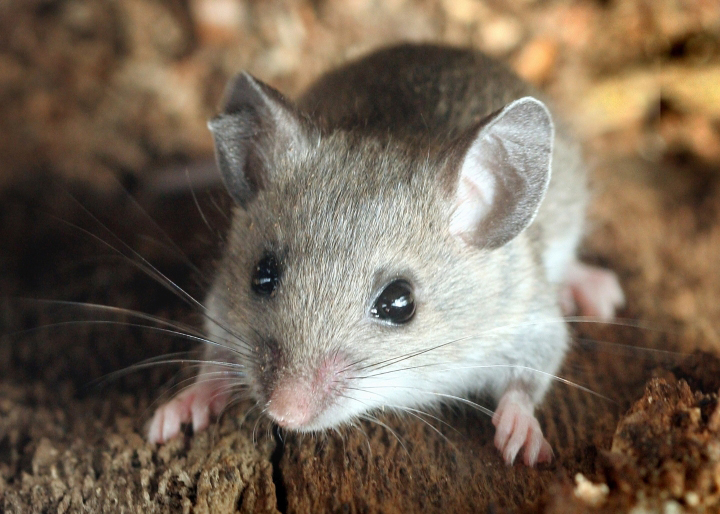Deer Mouse
Peromyscus maniculatus
Identification
- brown to gray colored body with a white belly, furry tail and ears smaller than that of a house mouse
- 6 inches long, including tail
- multiple species exist
Nesting Habits
- prefer rural areas including fields, pastures and vegetative areas around buildings
- move indoors when it gets cold outside
Diet
- seeds, fruits, vegetation, berries, nuts and insects
Significance
- known carrier of Hantavirus Pulmonary Syndrome, a rare but potentially fatal lung disease found in mouse feces and urine
IPM Recommendations
- Deer mice are only occasional invaders in buildings.
- Install tight-fitting door sweeps.
- Seal exterior cracks, crevices and areas around pipes and electrical conduits that enter buildings through walls.
- Reduce clutter indoors and outdoors.
- Minimize nesting habitat around property.
- Keep all exterior doors closed.
- Store food in pest-proof containers.
- Use snap-traps placed with triggers toward baseboards, especially in dark corners.
- Train kitchen and custodial staff to clean thoroughly.
- Clear high weeds that serve as food and shelter during warm weather.




